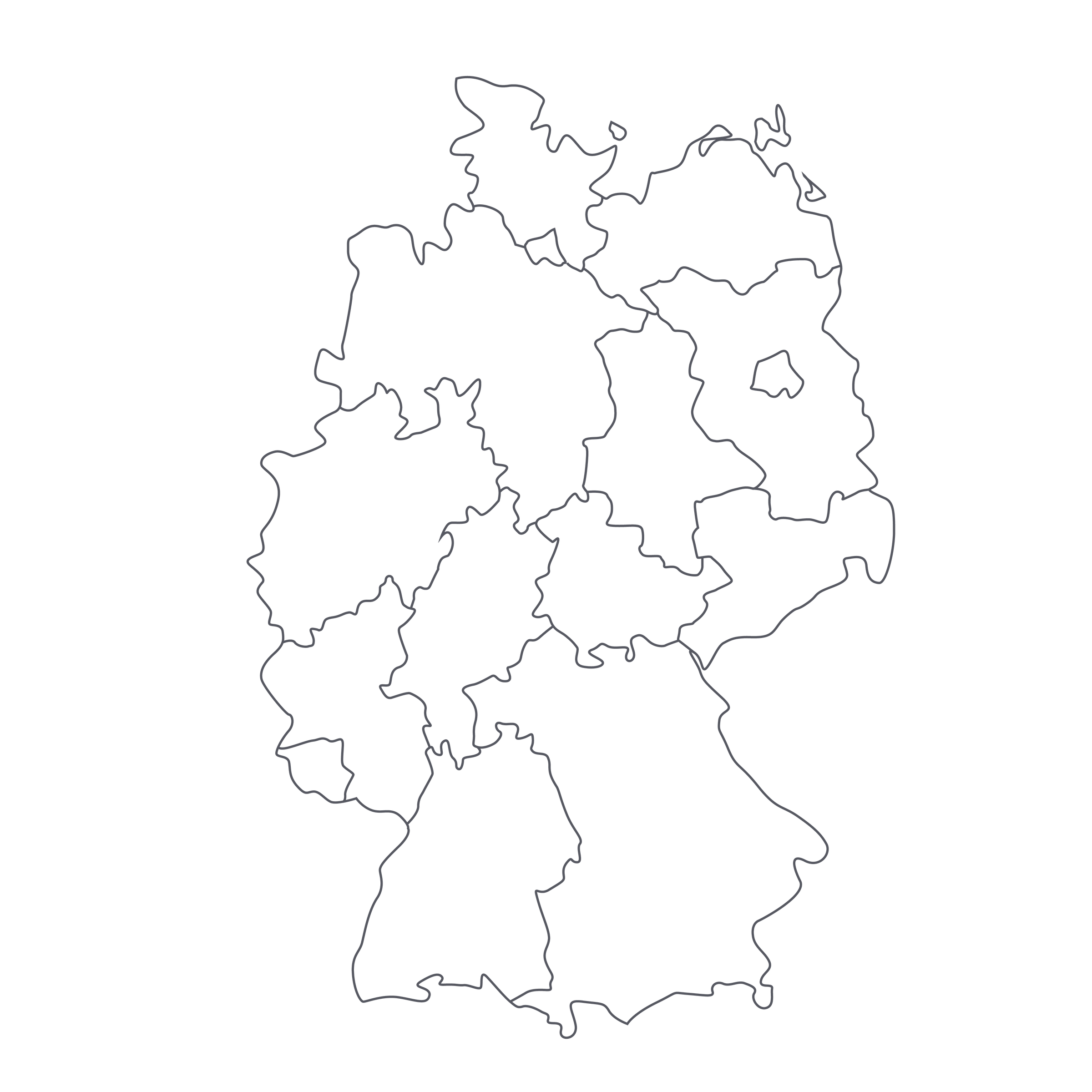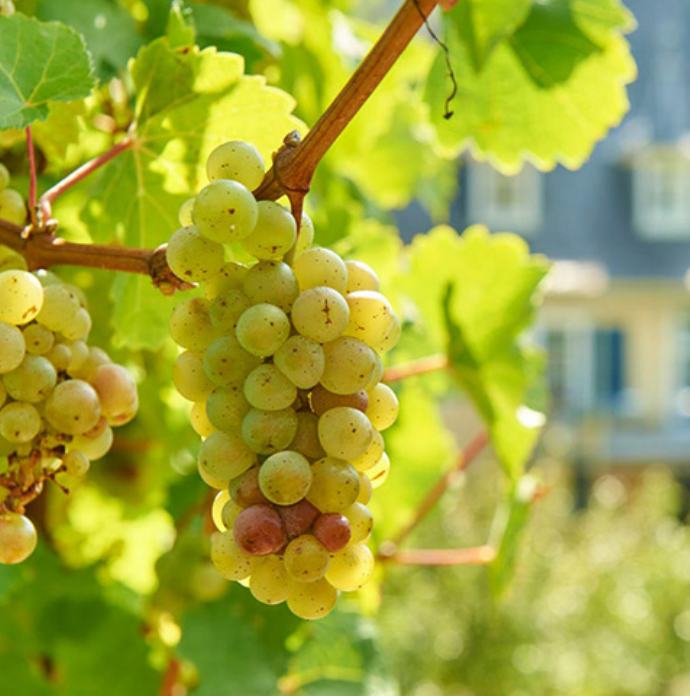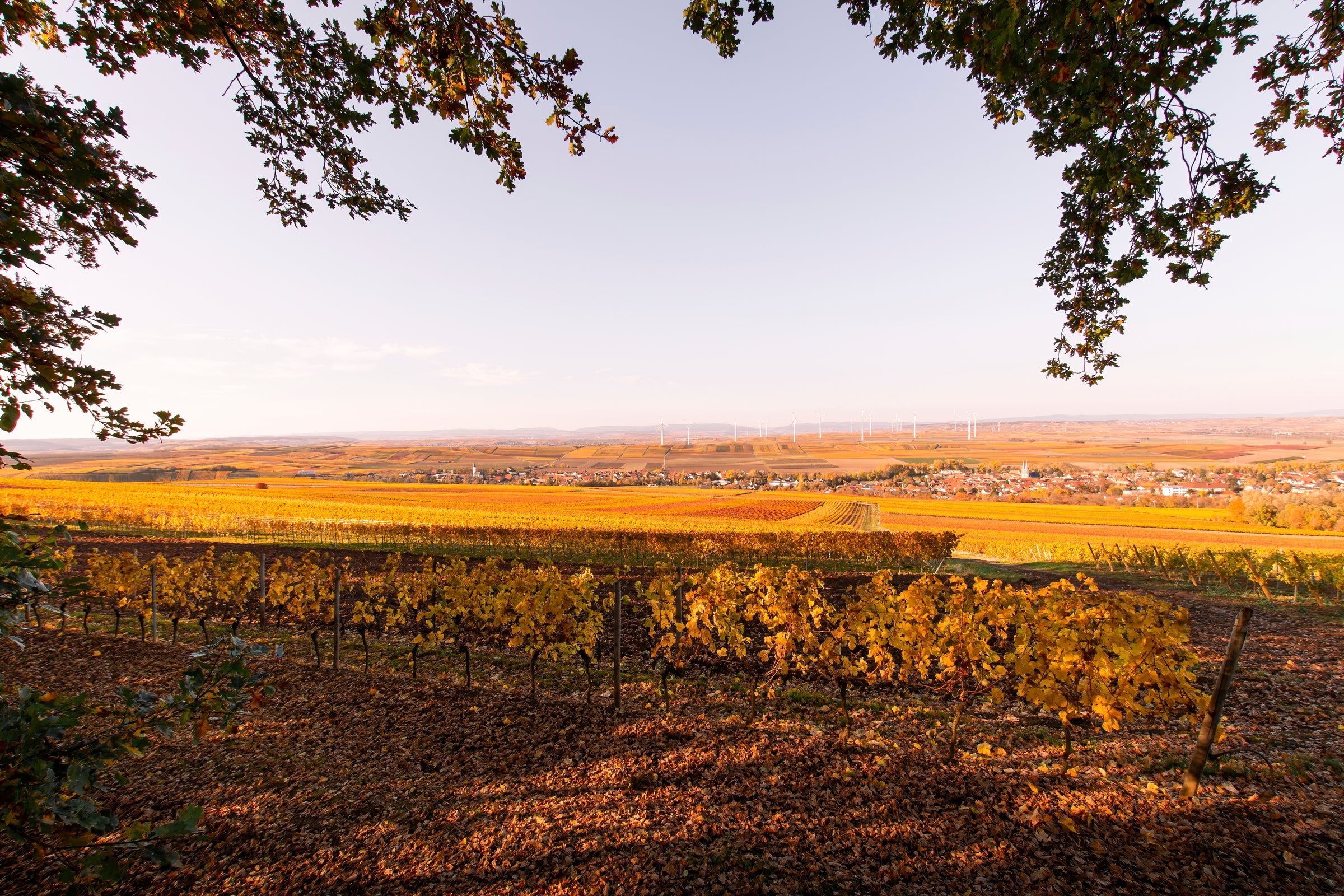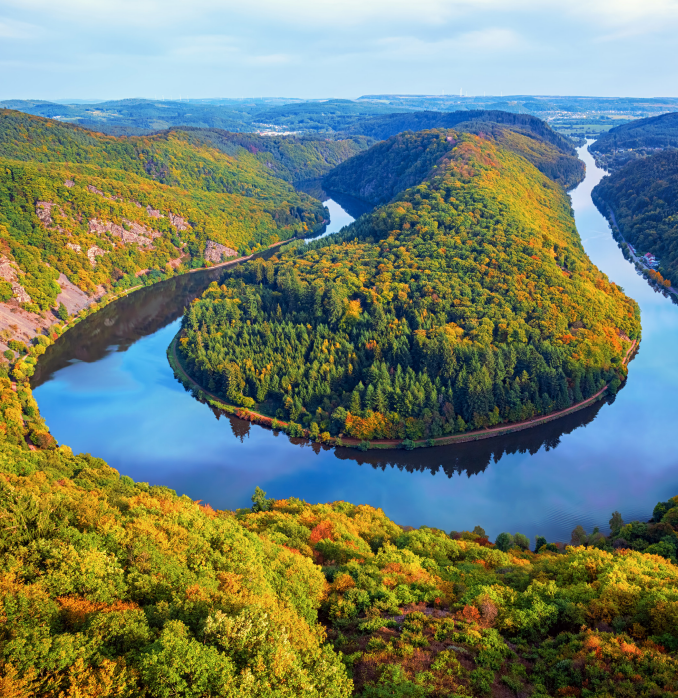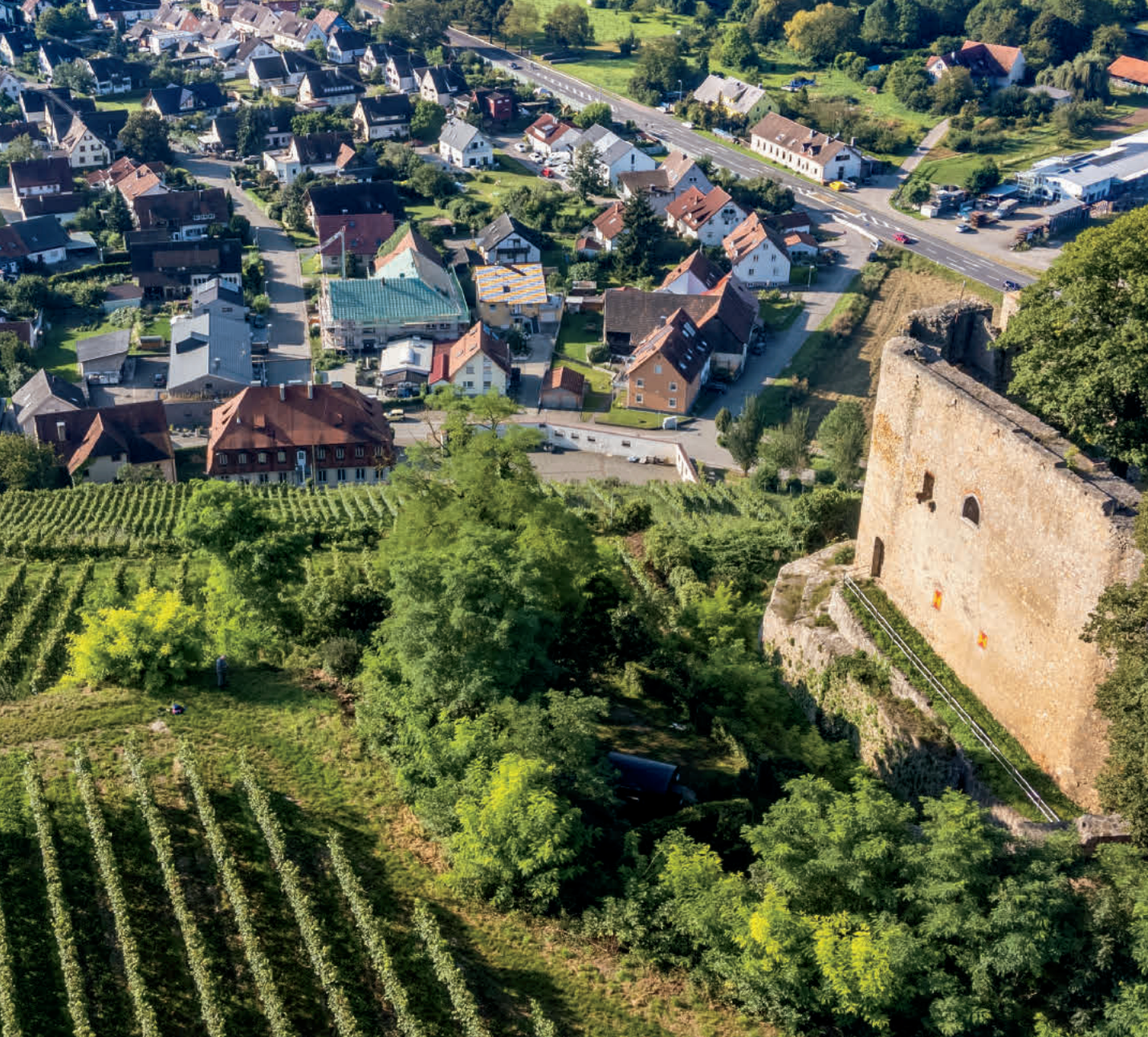Today’s wine is a genuine viticultural artifact, priced well below what I think such a thing should cost. But in a wine-rich place like Germany’s Mosel, with its dense concentration of vineyards and centuries of winemaking history, treasures like today’s 2002 Auslese Trocken (Dry) seem to be hiding around every corner.
During my last visit to Germany, a close friend and fellow Riesling enthusiast introduced me to the wines of Moselschild, a hotel and onetime winery in the village of Ürzig whose dark cellars still contain pristine stocks of back-vintage wines. The property sits at the base of the “Ürziger Wurzgarten” vineyard, one of several prime sites the Schild family made wines from. Another of these was “Erdener Treppchen,” in neighboring Erden, where the grade is so steep a set of stone steps was installed years ago to help farmers navigate it. Today’s vibrant ’02 from the “little staircase of Erden” was one of several Moselschild back-vintage bottlings I was privileged to taste—then eagerly purchase—during my visit. Plucked from a stack of bottles that likely hadn’t moved since they were filled and corked, this is a remarkably well-preserved Riesling carrying the Auslese Trocken designation, meaning it was picked at elevated sugar levels but fermented to dryness. You can feel the added richness in the form of glycerol, and when you combine that with Riesling’s naturally high acidity, you have everything you need for a long-lived wine. It’s a truly fascinating dry Riesling and still has 10+ years of evolution ahead of it, all at a price that feels detached from reality. I’m certain you’ll be as intrigued and impressed by it as I was!
“Erdener Treppchen” is, like so many great vineyard sites in this part of the world, a place steeped in wine history. A third-century Roman wine press was once found on the site, and the above-mentioned stone stairs were installed sometime in the Middle Ages. Spanning about 36 hectares and farmed by an all-star assortment of producers, its soils are comprised mostly of iron-rich red slate. In 2010, the Schild family, looking to concentrate full-time on hospitality, sold their vineyard holdings—including their parcel of Erdener Treppchen—to their Ürzig neighbor, Weingut Karl Erbes.
So, while Moselschild is no longer a winery, their cellar still contains some choice remnants from some choice vineyards. Today’s 2002 was fermented and aged about a year in the large, traditional oak vats called
fuder, a few of which still line the old stone walls of the Moselschild cellars. However, lest you think this wine will being showing oxidative qualities from time in oak, think again: This is as racy and fresh a 15+-year-old white as I’ve ever tasted. The color, too, is not yet very advanced, still displaying a bright yellow-gold hue, and the aromas and flavors could fool you into thinking the wine is much younger than it is. The aromas are a complex and perfumed mix of cut white peach, yellow apple, green mango, wet slate, wild herbs, and a telltale hint of ‘petrol’ that will intensify further with time. It is medium-plus in body, which is to be expected given its Auslese ripeness level, but you perceive only the vaguest hint of residual sugar on the finish—and surely not enough for the wine to be considered sweet in any way. I’d say it’s at about a midpoint in its evolution—amazing, when you think about it—with a great balance of mineral savor and hints of more tropical fruits. Enjoy a bottle now with some spicy Thai or Szechuan, or try the attached recipe, which will highlight its richness. Give it a splash in a decanter about 30 minutes before service in all-purpose white wine stems, and try to find some space in your cellar for some bottles. This wine is nowhere near done: it will serve you well for many years to come!


